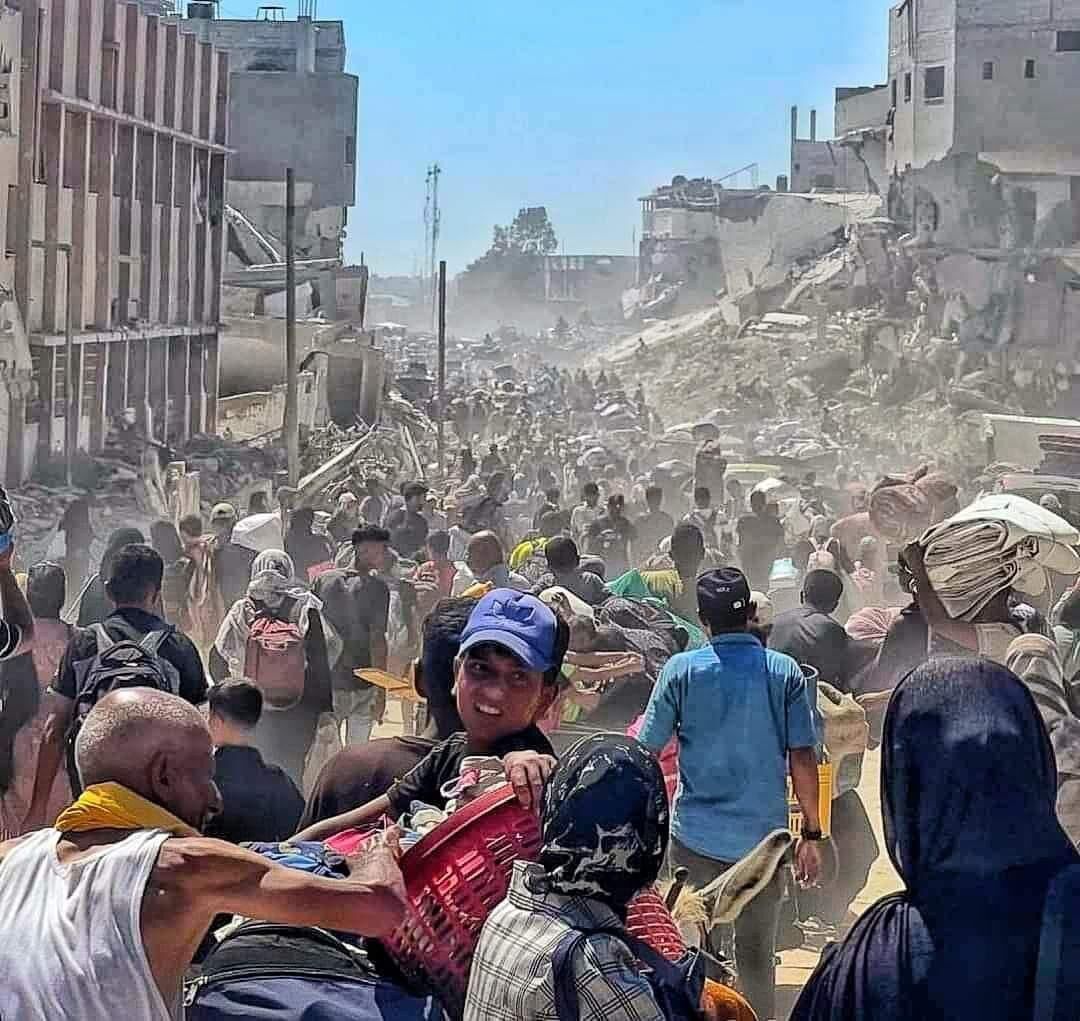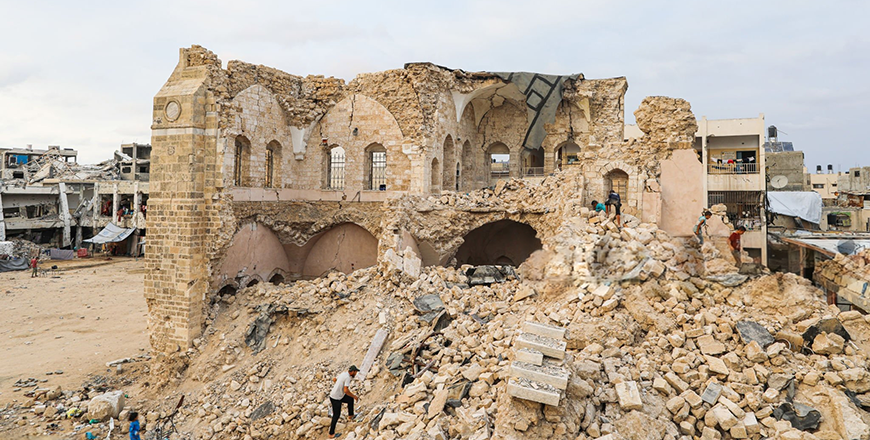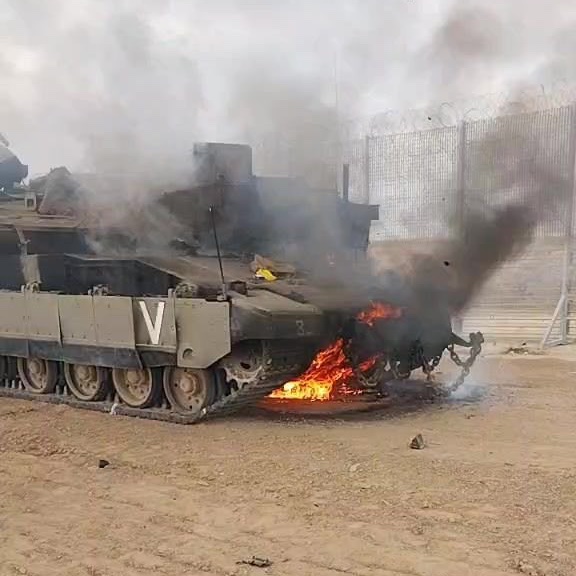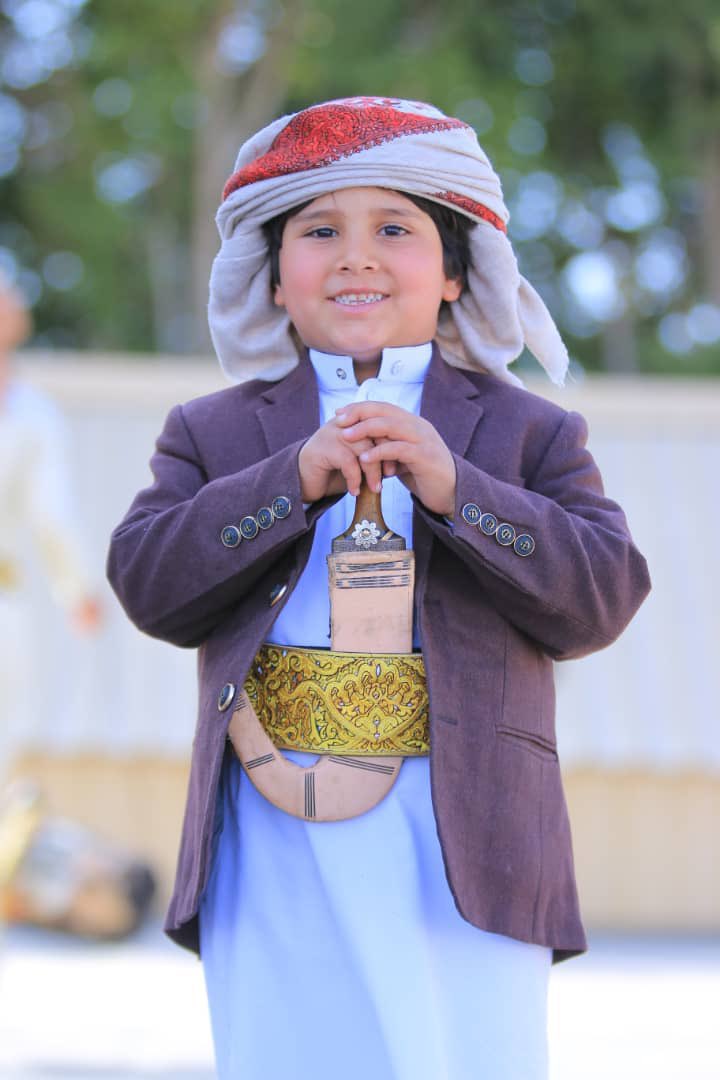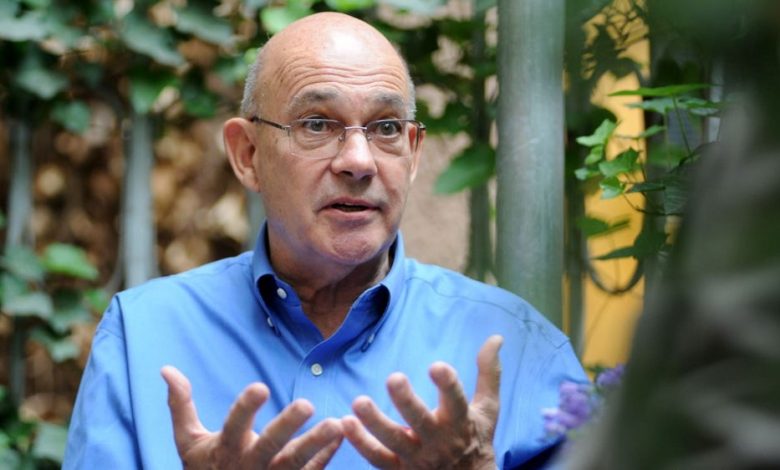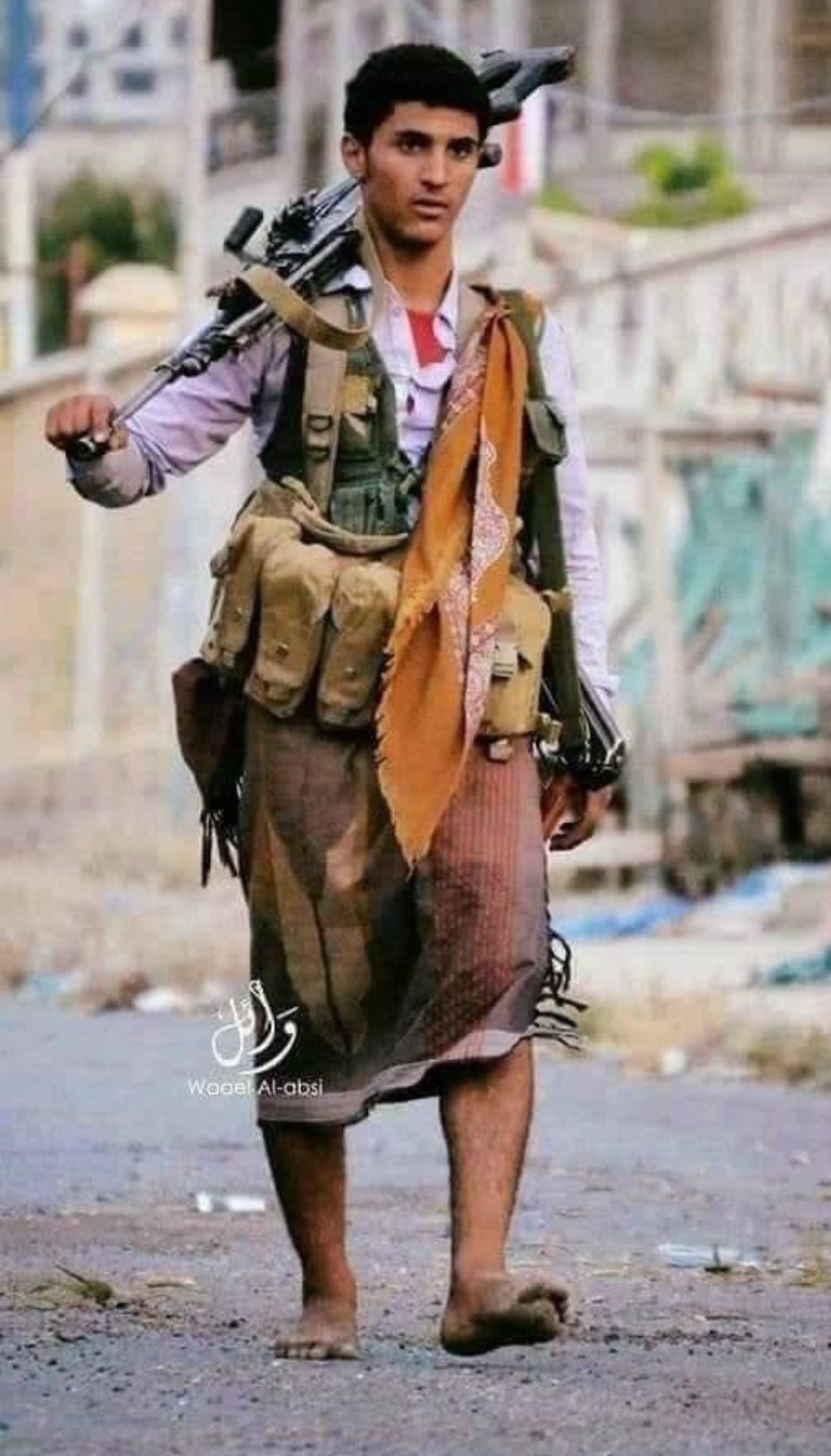‘Not A Single Mosque Remains Standing’
Not a single historic mosque in Gaza remains untouched following months of relentless Israeli bombardment, according to British archaeologist Claudine Dauphin.
“Every historic mosque in Gaza has been either partially or completely destroyed,” said Dauphin, who is affiliated with several archaeological missions in the region.
Among the most significant losses are the Omari Mosque and the KatibWilaya Mosque, both located in the Zaytun quarter of Gaza’s Old City. The KatibWilaya Mosque was originally constructed with funding from Ahmad Bey, the province’s chief secretary (katibwilaya) in 1586 during the Ottoman period.
Its minaret once stood beside the bell tower of the Church of St. Procopius, symbolizing centuries of Muslim-Christian coexistence in Gaza—a connection also evident in the mosaic floors of the nearby Jabaliya Church.
“In the Shuja’iyya quarter, the Mamluk-era Zafardamri Mosque, built in 1360, was deliberately leveled in an airstrike,” Dauphin added. “The Mahkama Mosque, also Mamluk in origin, was similarly destroyed during the 2014 assault and again in the current offensive.”
The destruction extended beyond Mamluk and Ottoman heritage. The Othman Bin Qashqar Mosque was struck during an air raid in December 2023, and the Sayyid Hashim Mosque, built in Ottoman style and covering 2,400 square meters, was razed in the Daraj quarter.
Shrines, too, have been systematically targeted. The shrine of the Prophet Yusuf near Jabaliya, destroyed in 2014, was followed by widespread losses since October 2023.
Among the shrines destroyed are the Al Husseini, Abu Al Azim, Ali Abu Al Kass, and Ali ibn Marwan shrines in Gaza City, as well as the Sheikh ‘Ali Al Mintar and Shaykh Radwan shrines on Tel Al-Mintar. Numerous other maqamat (shrines) in Al Shaykh ‘Ajlun were also obliterated.
Of special cultural and interfaith significance was the shrine of Al Khidr in Rafah, which held particular meaning for Christians who believed it housed the tomb of St. Hilarion, founder of Palestinian monasticism.
Modern mosques, built after the Ottoman period, were not spared. According to a January 2024 report by the Palestinian Ministry of Awqaf and Religious Affairs, at least 1,000 of the 1,200 modern mosques in the Gaza Strip have been partially or entirely destroyed.
“Among the losses in Gaza City are the Ali Ibn Marwan, Shaikh Zakaria, Al Mughrabi, and Sett Ruqayya mosques,” Dauphin noted.
Cultural and educational institutions were also hit. The Al Kamiliya Madrasa, built in 1237 by Ayyubid Sultan Al Kamil and featuring a central courtyard and two floors, was the last historic madrasa still standing in Gaza before it was destroyed. It had served both as a Quranic school and a shelter for poor students and travelers until 1930.
Cemeteries have not been spared either. At least 16 Muslim cemeteries across the Gaza Strip have been damaged or destroyed since October 2023. Among them is the Beit Hanoun Cemetery near Khan Yunis, which was reportedly excavated by Israeli forces.
The Israeli military claimed they were searching for a Hamas tunnel or hostages, but provided no evidence, and independent verification of the alleged tunnel has not been possible.
“These sacred spaces, mosques, shrines, schools, and cemeteries, are not only part of Gaza’s cultural fabric,” Dauphin said. “Their destruction represents a profound loss of historical heritage, not just for Palestinians but for humanity.”
This report was written by Saeb Al Rawashdeh for The Jordan Times
